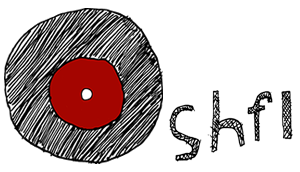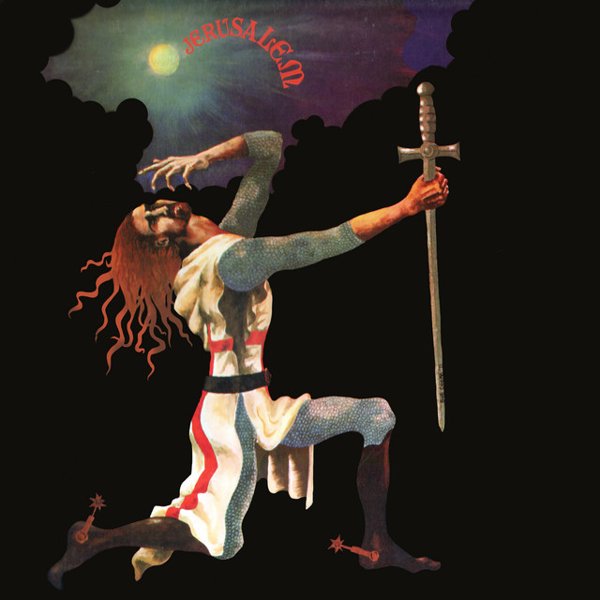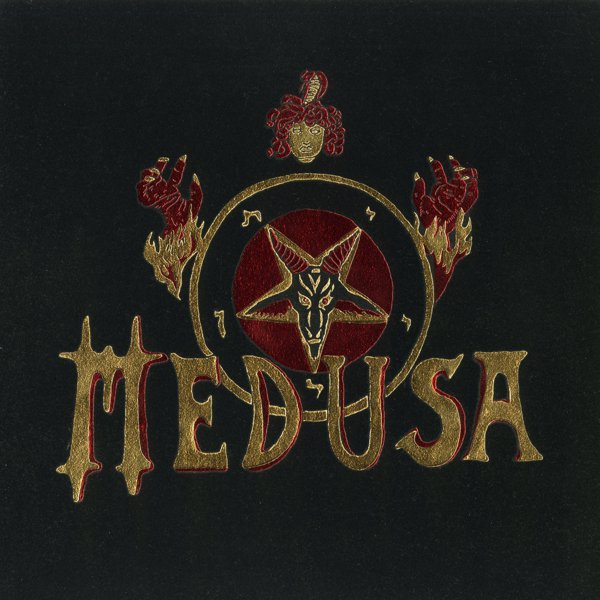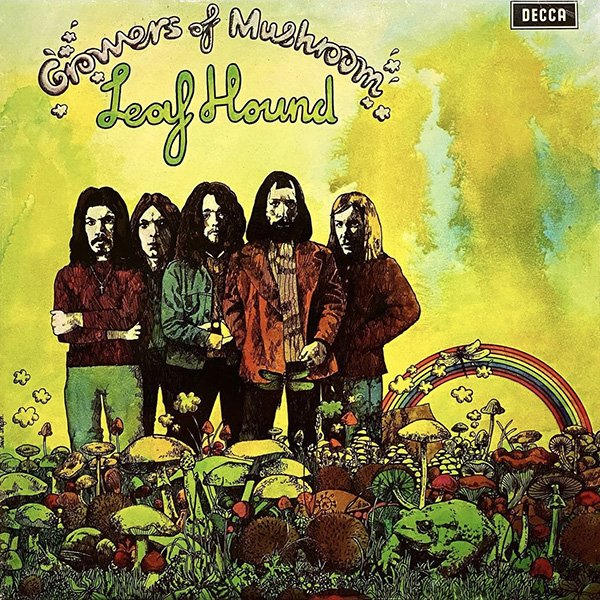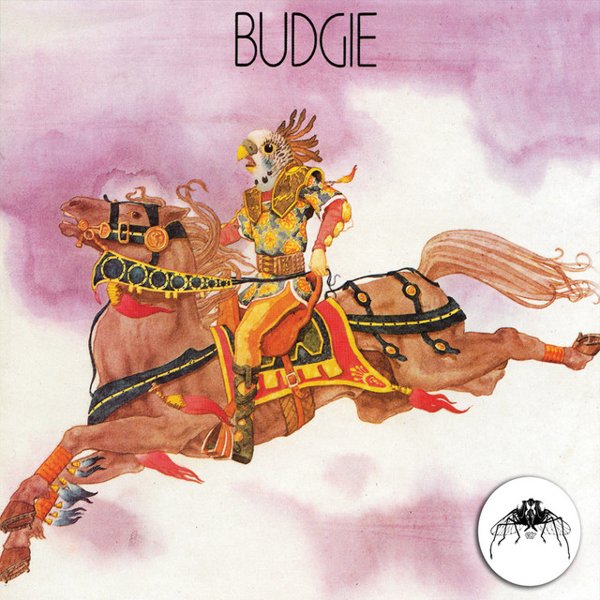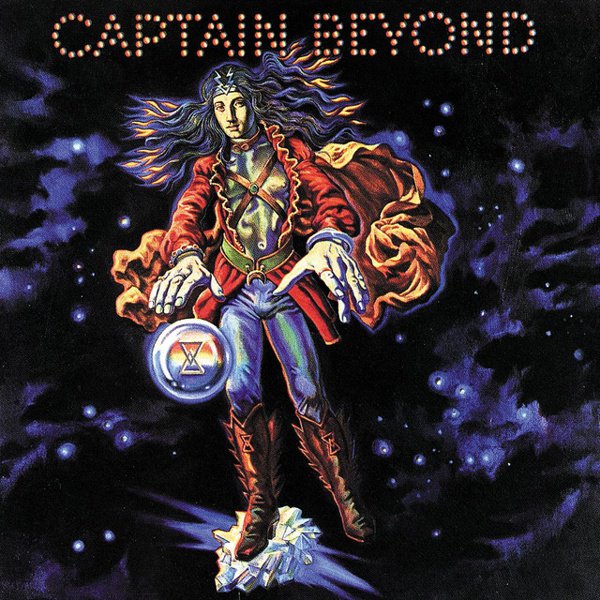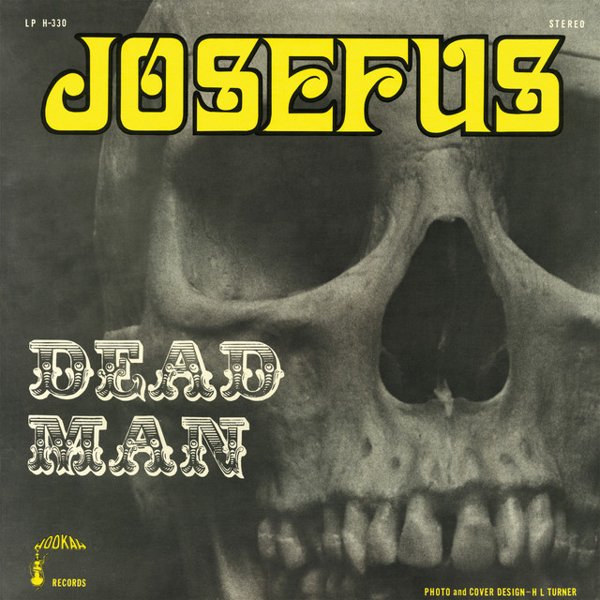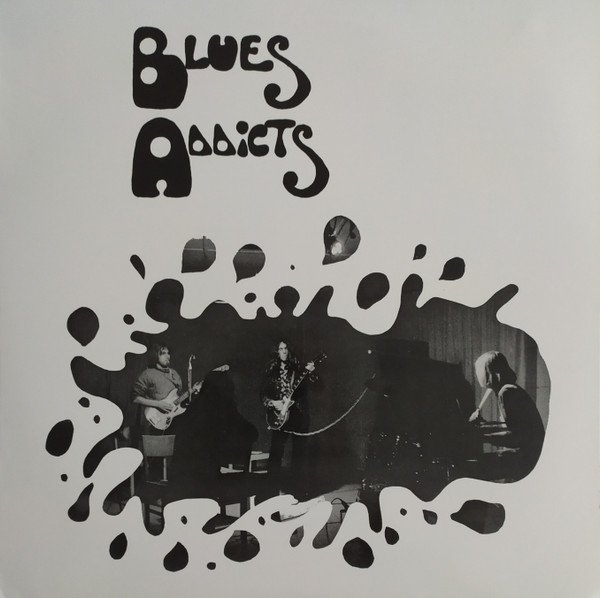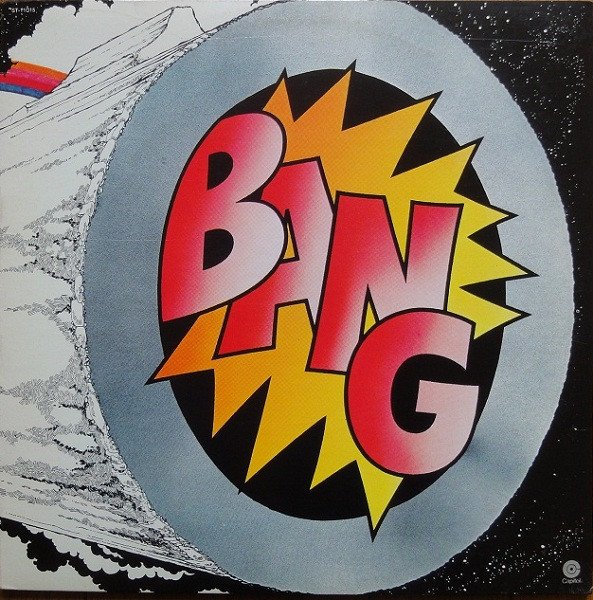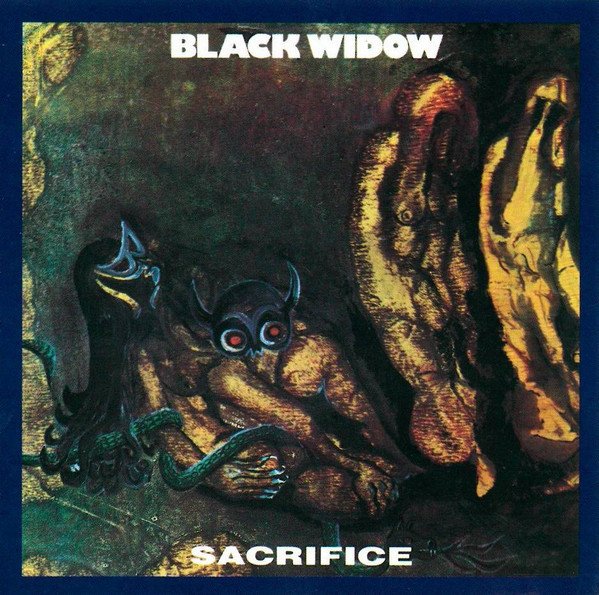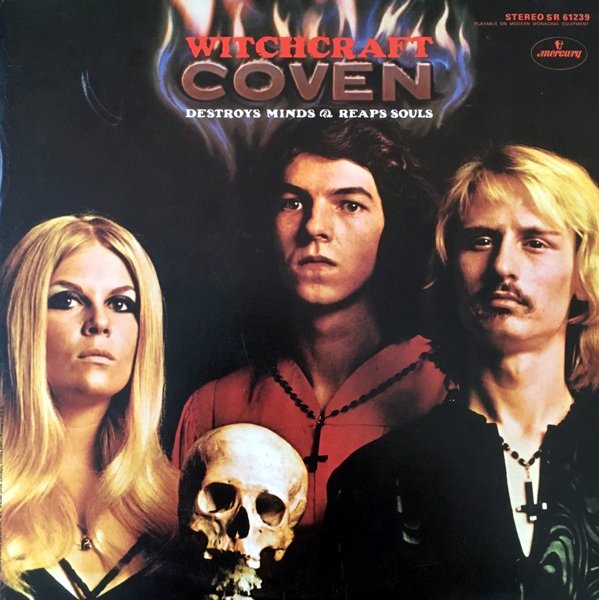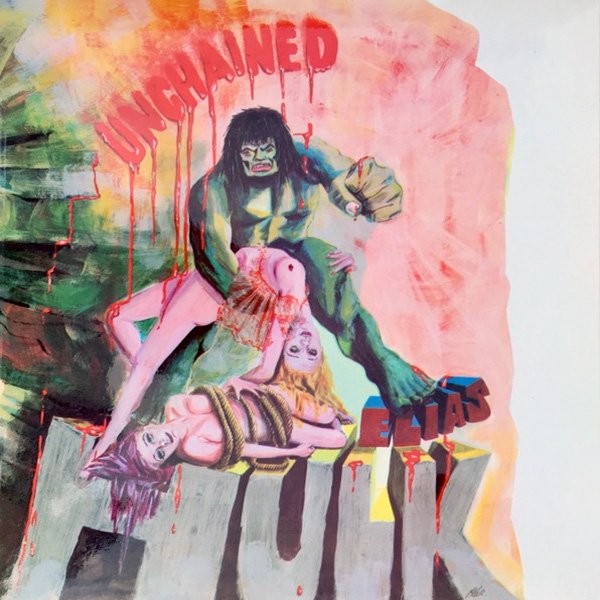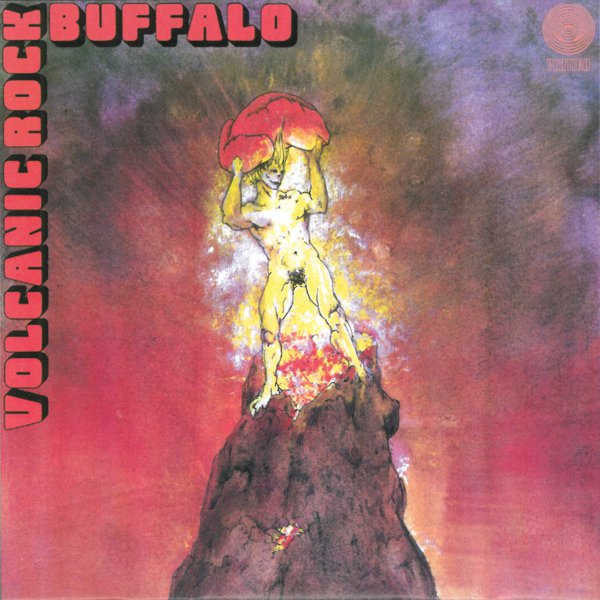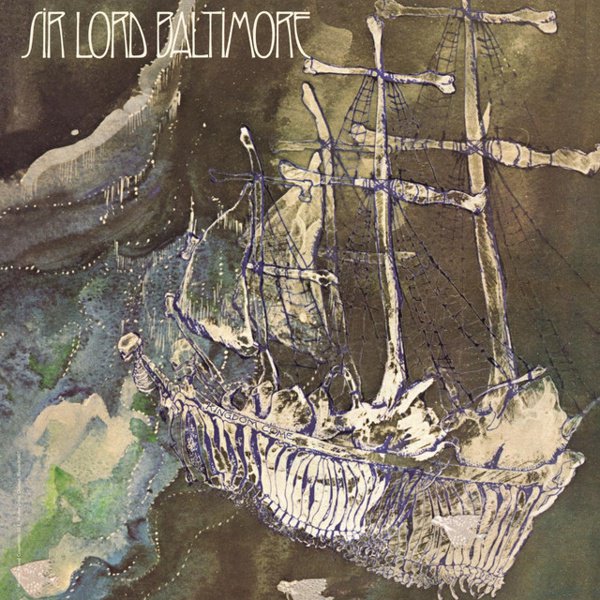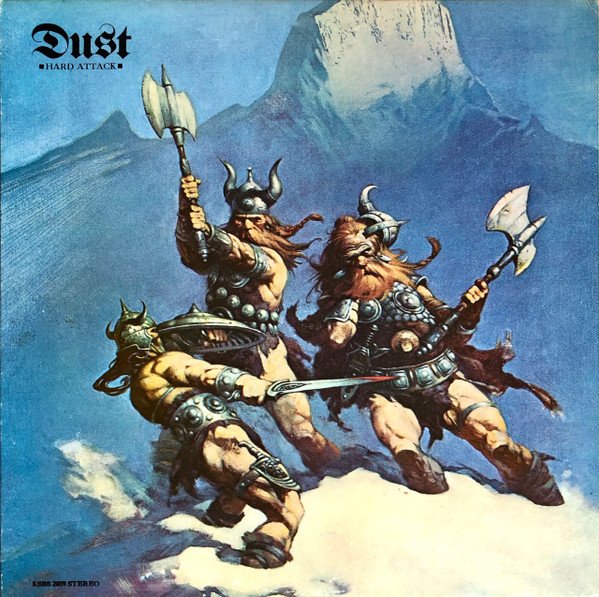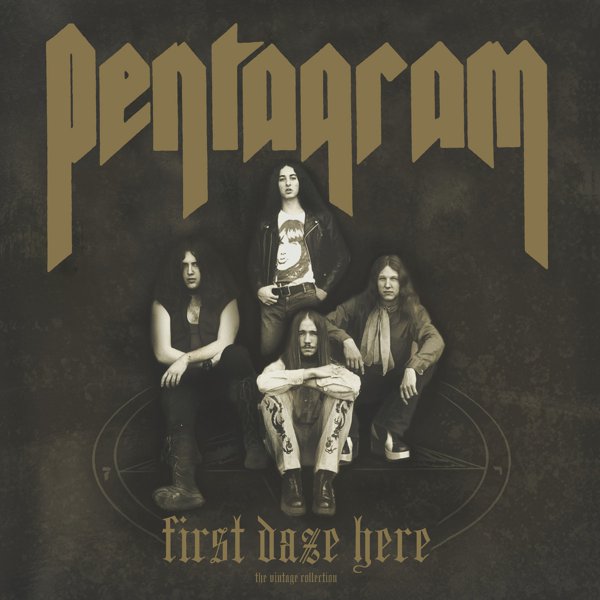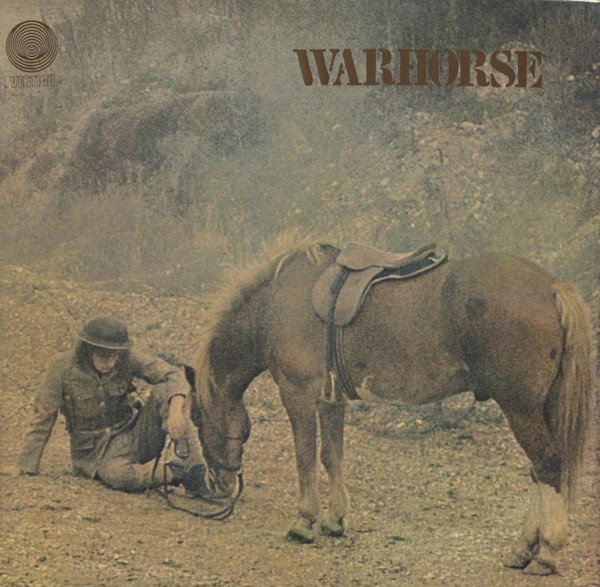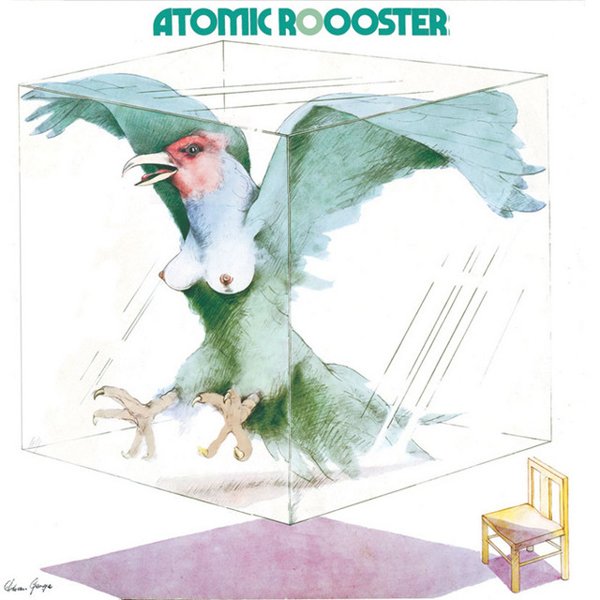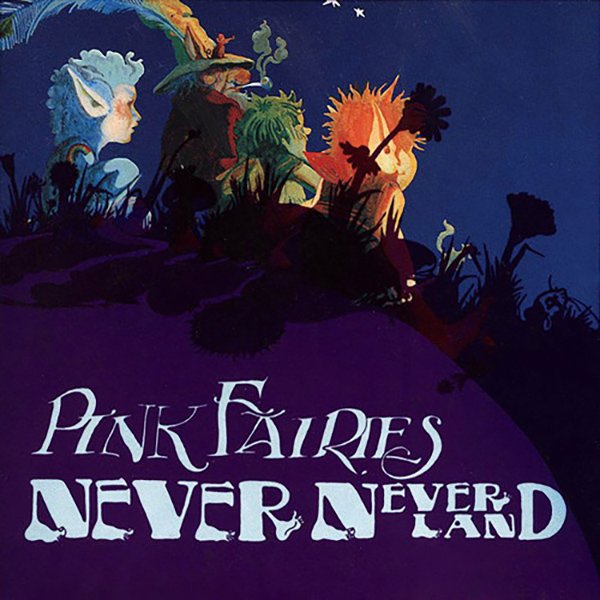Proto-metal bands represent the Autumn of Disillusionment to psych rock’s Summer of Love, all the young sixties idealists waking up from their acid trips with wicked hangovers and treatment-resistant VDs. As Blue Öyster Cult said in “This Ain’t The Summer of Love,” their cynical kiss-off to the Woodstock generation: “This ain’t the Garden of Eden / And there ain’t no heaven above / Things ain’t what they used to be / And this ain’t the Summer of Love.” Even the Beatles went from “I Wanna Hold Your Hand” to “Helter Skelter.” Deep Purple, Led Zeppelin and Black Sabbath went further. The terrible trio took the blues, tuned down, turned up their amps, and articulated that discontent. Thousands of bands followed suit. Between 1969 and 1972, numerous acts with the same influences and dark outlook shoveled dirt onto the remains of the hippie dream.
While metal acts in the 70s primarily drew their inspiration from Purple, Sabbath, or Zeppelin, the bands that developed concurrently to those three crawled out of the same primordial ooze. There was no such thing as a “proto-metal” scene. Instead, it was a loose conglomeration of acts from different backgrounds and nationalities, all tied together by one thing: their influences. Blues musicians like Muddy Waters, Robert Johnson, and Willie Dixon. Rock ‘n’ rollers like Chuck Berry and Little Richard. Early rock bands like The Beatles, Rolling Stones, and The Who. Heavy blues acts like Cream, Jimi Hendrix and the Yardbirds. Beyond that, a lot of the proto-metal acts cast nets far and wide to see what worked. The one common denominator: heaviness.
Although it had certain hallmarks (loud guitar, heavy bottom end, wailing vocals), the heavy metal sound wasn’t really codified until Judas Priest and Motörhead in the late seventies. If you look at contemporaneous reviews, hard rock artists like Aerosmith and Blue Öyster Cult were folded into the genre. Proto-metal is more of an umbrella term than a specific genre; a lot of the artists also get referred to as hard rock, heavy psych, boogie rock, etc. They have a lot of the same signifiers as metal, but, if we consider Black Sabbath’s 1970 self-titled debut album to be heavy metal’s lingua franca, they don’t quite fit that into that category. They’re missing something. Whether they were a little too indebted to the blues, lacked the occult trappings, or weren’t quite heavy enough, they fell between the genre cracks… and right into proto-metal.
Blue Cheer had the fuzz and the crunch but they were too stuck in Haight-Ashbury. While Coven draped themselves in Satanic robes and upside down crosses (and beat Black Sabbath to both the song name and the moniker “Oz” Osbourne), they sounded more like Jefferson Airplane. Similarly, Black Widow took a Wicker Man approach to the horror, flutes and all. A lot of them had a bit too much boogie in their boots — Josefus, Buffalo, Leaf Hound. Some, like Flower Travellin’ Band or Elias Hulk, still couldn’t shake the psychedelic haze. Early Funkadelic even had proto-metallic moments, even if their main mission was funk. All of them, however, offered tantalizing looks at the directions metal could’ve gone.
Many of these acts achieved legendary status due to the sheer rarity of their recordings. Some were private press, some just didn’t sell enough, some even lost their masters in fires or other mishaps (Bang, Dark, Blues Addicts). A lot of them have been reissued by now, some officially and some less officially, but it can be difficult or expensive to obtain even the reissues. Streaming alleviated this problem somewhat – a lot are available on Spotify or as YouTube rips – although the quality varies. Thankfully, labels like Numero Group, Guerrsen, and RidingEasy have made it their mission to rescue these titles from obscurity.
That initial scarcity inflated proto-metal acts’ reputations. Even though a lot of them were good, they were also easy to overrate if you couldn’t actually hear them. And it turns out most of them are… perfectly enjoyable! Definitely worth your time, but it’s understandable why they aren’t household names in the same way Aerosmith or AC/DC are. Still, it’s fun to dig through these fossils and discover some of the other cool dinosaurs that walked the earth alongside the big predators.
